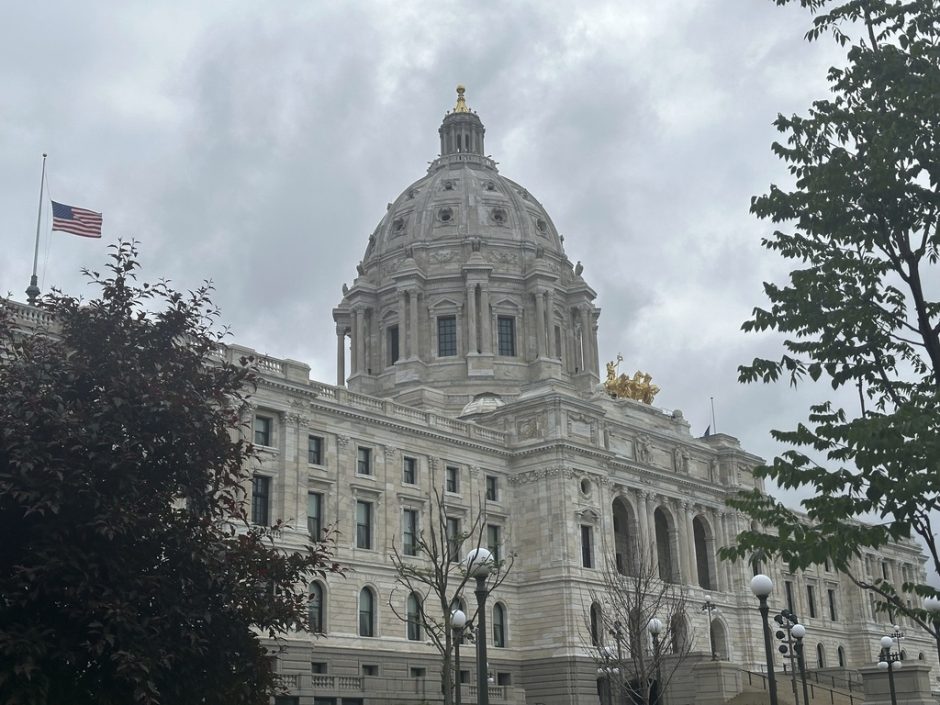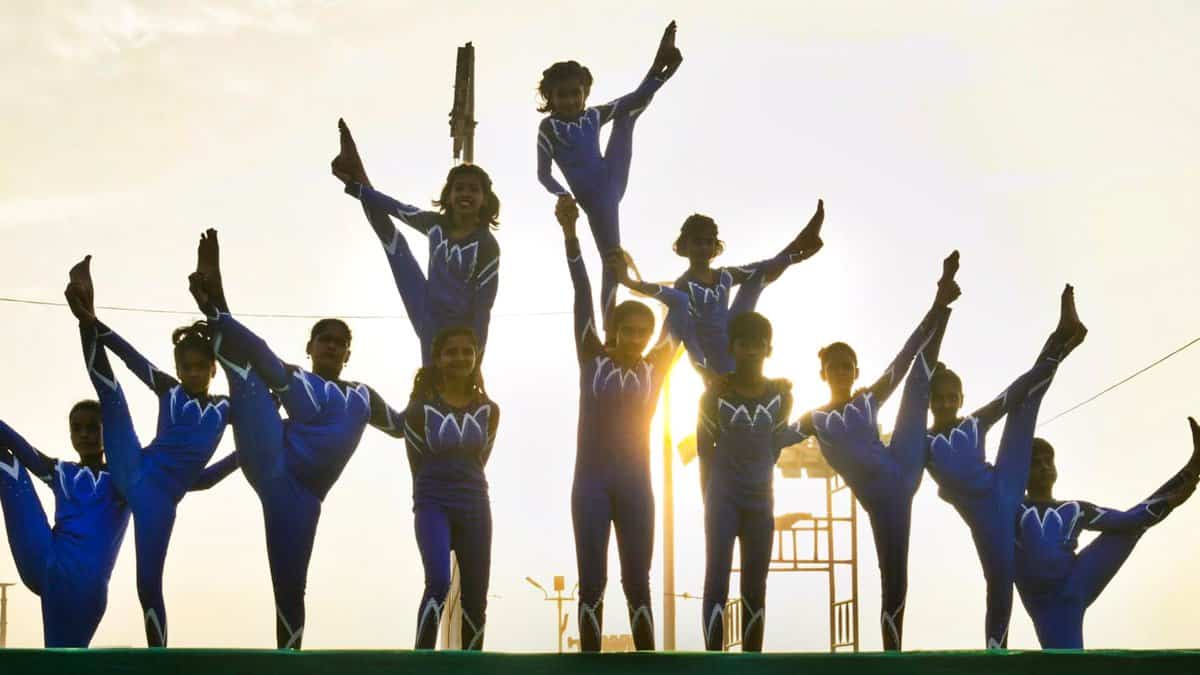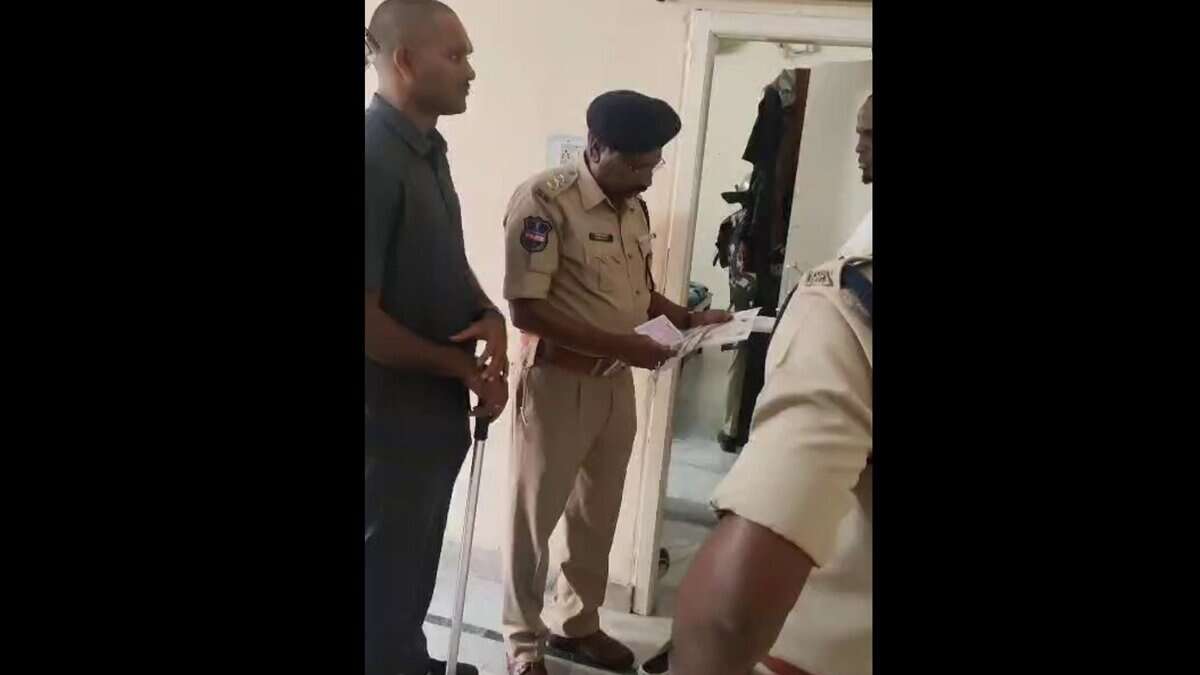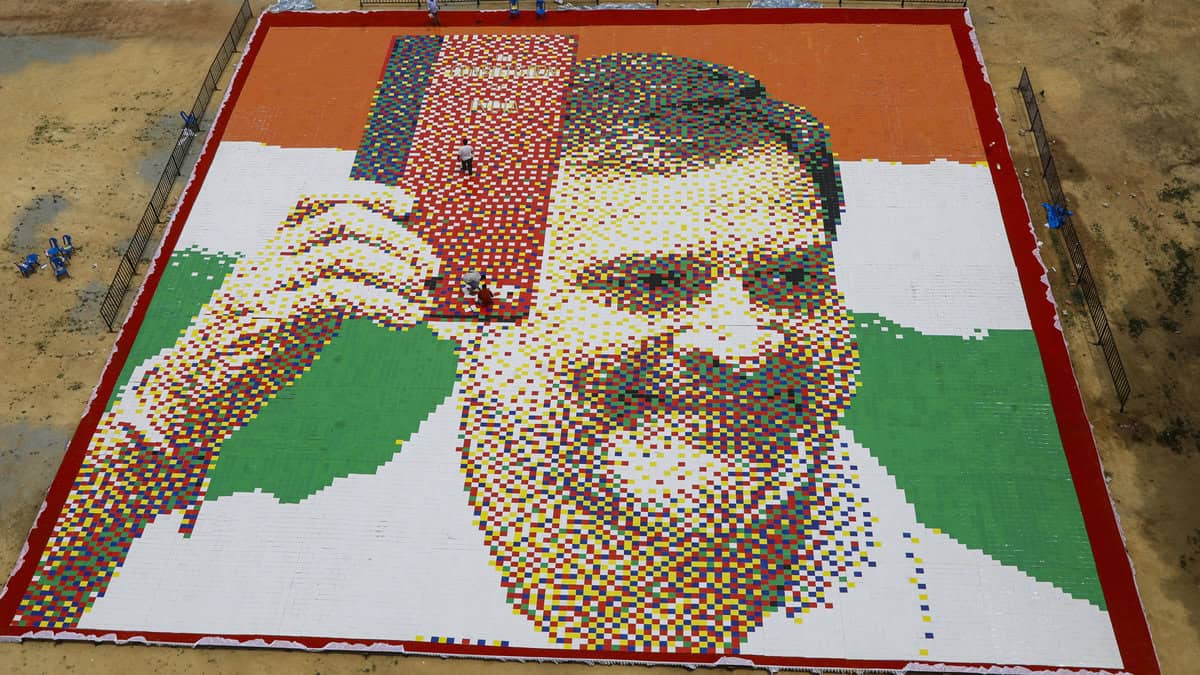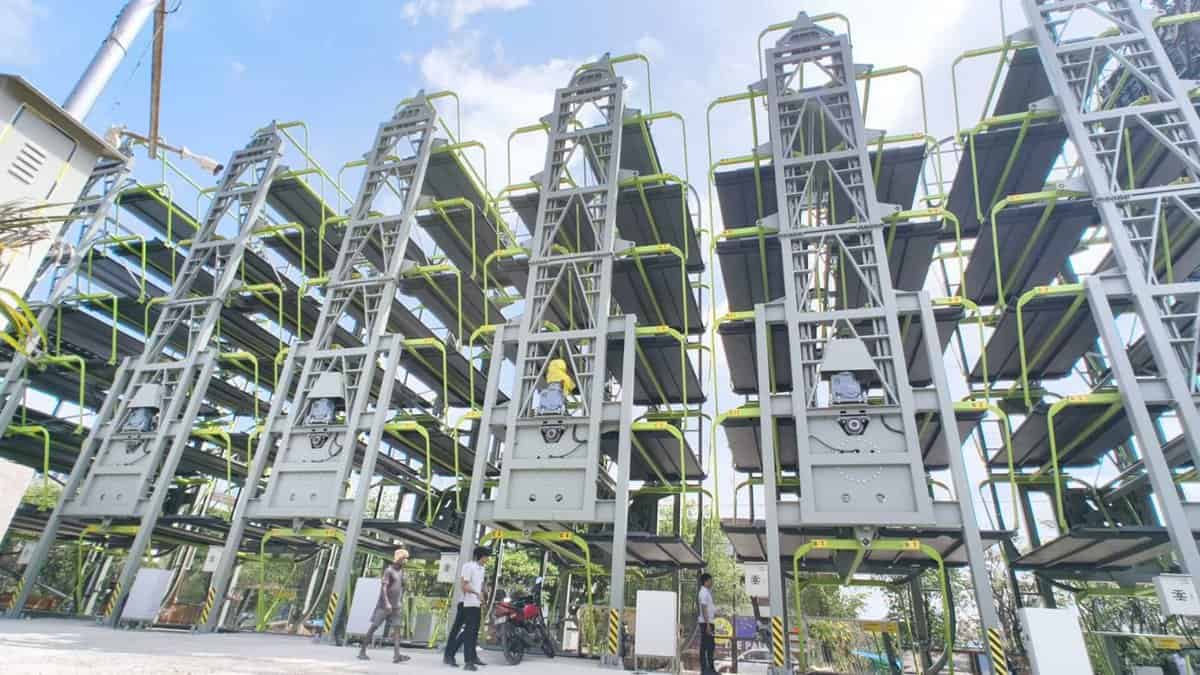Once a source of freshwater that nourished early settlements, the Mithi River now stands choked with sewage and construction debris. Decades of unchecked urbanisation, encroachment and flawed planning have altered its natural course — and every monsoon, the city pays the price.
Efforts to Rejuvenate: A Tale of Packages and Promises and Scam
Since 2005, various agencies — chiefly the Brihanmumbai Municipal Corporation (BMC) and Mumbai Metropolitan Region Development Authority (MMRDA) — have launched multiple initiatives aimed at cleaning and reviving Mithi.
A consultancy firm, Frischmann Prabhu, was appointed to study the river’s conditions and recommend solutions. Their proposal led to a four-part intervention strategy to intercept and divert Dry Weather Flow (DWF)— primarily sewage — from the river into the city’s sewer network.
Alleged Scam unfolded, investigation continues by EOW, SIT & Mumbai Police, ED in under Rs 1,000 crore desilting scam:
Following which the BMC every year carries out work of Mithi Cleaning, however this has resulted into major multi core- desilting scam wherein Economic Offences Wing(EOW) in May registered a first information report. This further led to the Enforcement Directorate carrying out raids and search operations at 15 locations in Mumbai and Kochi, which included the residences and offices of the 13 BMC officials, contractors, and middlemen. Searches were also held at the Bandra (West) residence of actor Dino Morea, a close friend of Shiv Sena (UBT) leader Aaditya Thackeray. Morea was questioned twice last month by the EOW SIT. Search operations were also held in Kerala, as one of the companies that provided the desilting machinery, Matprop Technical Services Pvt Ltd, is based in Kochi.So far, the Special Investigation Team (SIT) under the EOW had booked 13 people, including five private contractors, three BMC officials, three middlemen, and two private company officials, for causing wrongful loss to the civic body worth more than Rs 65.54 crore in the alleged scam. Desilting work contracts worth nearly Rs 1,100 crore are under the scanner.
The Economic Offences Wing (EOW) of Mumbai Police has registered a case on 6 May at Azad Maidan Police Station, alleging a fraud of ₹65.54 crore. The FIR names 13 individuals as accused, including senior officials from the Brihanmumbai Municipal Corporation (BMC) and directors of multiple private firms.The prime accused in the case is identified as Prashant Ramugade, an Assistant Engineer and designated Officer with the BMC. Other officials from BMC named include Deputy Chief Engineer (Eastern Suburbs) Tayshetye and Chief Engineer Ganesh Bendre (Retired). From the private sector, the FIR includes Deepak Mohan and Kishor Menon, directors of Matprop Technical Services Pvt Ltd, Jay Joshi, director of Vargo Specialities Pvt Ltd, and Ketan Kadam, director of Woder India LLP. Also named are Bhupendra Purohit, proprietor of Tridev Contractors, directors of Acute Construction, Kailas Construction, N. A. Construction, and JRS Infrastructure.
A River Once Sweet: The Birth and Significance of Mithi
The Mithi River — whose name translates to “sweet” in Hindi — takes birth from the confluence of two freshwater lakes, Vihar and Powai, nestled in the northern hills of Mumbai. Spanning 17.84 km, it flows southwards, carving through a dense cross-section of India’s financial capital. Historically, Mithi was once more than a stream; it was a source of potable water and a lifeline for the settlements that sprang up along its banks.
But as Mumbai metamorphosed into a megacity, the river’s natural contours were erased, first on paper and later on the ground. Its once vibrant ecosystem — defined by a delicate balance of freshwater inflow, mangroves, and seasonal tidal movement — has been radically altered. Today, Mithi has been reduced to a stormwater drain that swells with sewage and industrial waste for most of the year, surging into a flood-prone fury during monsoons.
The Role of Mithi in Mumbai’s Geography
Mumbai was built on an intricate web of seven islands, later stitched together through massive reclamation projects. Over time, as the city expanded northwards into Salsette Island, low-lying floodplains and river systems like Mithi became obstacles to urban growth. Instead of protecting these natural drainage channels, city planners repurposed them.
Now, the Mithi River snakes through crucial areas such as Powai, Saki Naka, Kalina, Bandra-Kurla Complex (BKC), and Dharavi before draining into the Arabian Sea at Mahim Creek. It flows through both industrial zones and high-density residential clusters, touching some of the city’s most critical infrastructure — including the Mumbai airport. This close proximity makes the river’s mismanagement not just an ecological concern, but a civic hazard.
Mithi River channel squeezed: Urbanisation at cost of flooding!
The river’s degradation is closely tied to the development of two major urban projects: the Bandra-Kurla Complex and the airport expansion. The BKC plan, first conceived in 1964 and approved in 1973, reclaimed nearly 400 hectares of marshland adjacent to Mithi. This reclamation drastically narrowed the river’s course from a tidal creek to a confined channel. In many stretches, it was straightened and squeezed between concrete embankments with no room for natural overflow.
Similarly, the airport’s expansion encroached upon the Mithi floodplain, restricting its ability to carry excess water during the monsoon. The cumulative effect has been deadly. On July 26, 2005, a record-breaking cloudburst brought Mumbai to a halt — and the Mithi River, unable to handle the flow, caused extensive damage.
MMRDA’s Bioremediation project for Mithi River:
In a bid to address the foul odour and improve water quality, MMRDA launched a bioremediation pilot along a 3.5 km stretch between Vakola Nalla and Kala Nagar. Using Persnickety-713, a live bacteria culture, this effort aims to break down organic pollutants directly in the river. It marks the first use of this technology in India.Additionally, under the Marine Debris Partnership, the MMRDA, along with global collaborators like the United Nations Technology Innovation Labs (UNTIL), RiverRecycle Oy (Finland), and Earth5R, initiated a pilot to collect and recycle floating waste from Mithi. The project was personally launched by then Environment Minister Aditya Thackeray and has since become a prototype for other rivers in Mumbai.
What all recommended by BMC Consultant:
Package II, covering the stretch up to CST Bridge, involves over 8 km of new sewer lines and more than 100 minor interceptors to divert sewage from small nullahs. Retaining walls and nearly 10 km of service roads are also planned.
Package III–addresses the tidal stretch from CST Bridge to Mahim Causeway, including parts of the Vakola River. It includes 28 interceptors, 26 gate pumps, 3 sewage pumping stations, and over 8 km of promenade development — an attempt to bring back public engagement with the river.
Package IV–focuses on the construction of a 6.5 km underground sewer tunnel to redirect sewage from Bapat and Safed Pool nullahs to the proposed wastewater treatment facility in Dharavi.Graphics:Desilting work contracts worth nearly Rs 1,100 crore are under the scanner.Investigation held by EOW, SIT, ED, Mumbai PoliceCelebrity Dino Morea also called for interrogation by ED, close friend of Former Minister Aditya Thackeray13 individuals booked in the alleged Rs 65.54 crore scam includes
5 private contractors
3 BMC (Brihanmumbai Municipal Corporation) officials
3 middlemen
2 officials from private companies
Source of Mithi River• Vihar Lake & Powai LakeMithi Acts as an arterial river in Mumbai
Length: Approximately 17.84 km
(Inputs and data collected from BMC’s Mithi River water quality improvement document, MPCB)










